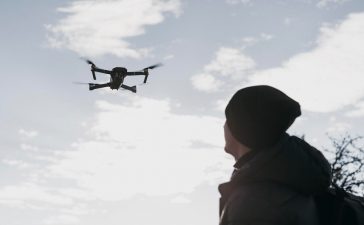
Technology
The robot’s basic requirement was to survey an ancient crater lake and to collect rocks
(Web Desk) – Nasa says its Perseverance rover has essentially completed the job it was asked to do when it landed on Mars in February 2021.
The robot’s basic requirement was to survey an ancient crater lake and to collect rocks that would aid the quest to identify evidence for past life.
This primary objective had been accomplished, the mission team told a major conference in San Francisco.
The announcement was made on the 1,000th Martian day of the mission.
“It’s a pretty incredible achievement and we’ve done an amazing amount of science,” said Nasa’s director of planetary science, Dr Lori Glaze.
This does not mean Perseverance is about to park up and “switch off the engine”.
Plenty of challenges lie ahead, not least the issue of how to get the vehicle’s rock samples back to Earth so they can be studied in the lab.
Nasa will partner with the European Space Agency on this project, but the technical solutions, time frame and cost are currently being examined by a review board that will not report until early next year.
It would necessarily involve sending a rocket to Mars and then loading it with the finger-sized samples, so they can be blasted into space for the journey home.
“It will be one of the most audacious robotic missions ever conducted,” conceded Arizona State University’s Dr Mini Wadhwa, the principal scientist on Nasa’s Mars Sample Return programme. But it was a fundamental endeavour, she added.
The reason why can be seen in the quality of the samples collected.
Perseverance has drilled and stored in its belly 13 rock cores, all with a distinct chemistry.
They tell the story of what happened in Mars’s Jezero Crater some 3.7-3.5 billion years ago.
This was a time when a river channel flowed into the 45km (28 miles)-wide bowl, to build layered deposits of silt and sand known as a delta.
It is the kind of geological feature that might just have trapped traces of past microbial life.
‘ ;
var i = Math.floor(r_text.length * Math.random());
document.write(r_text[i]);












